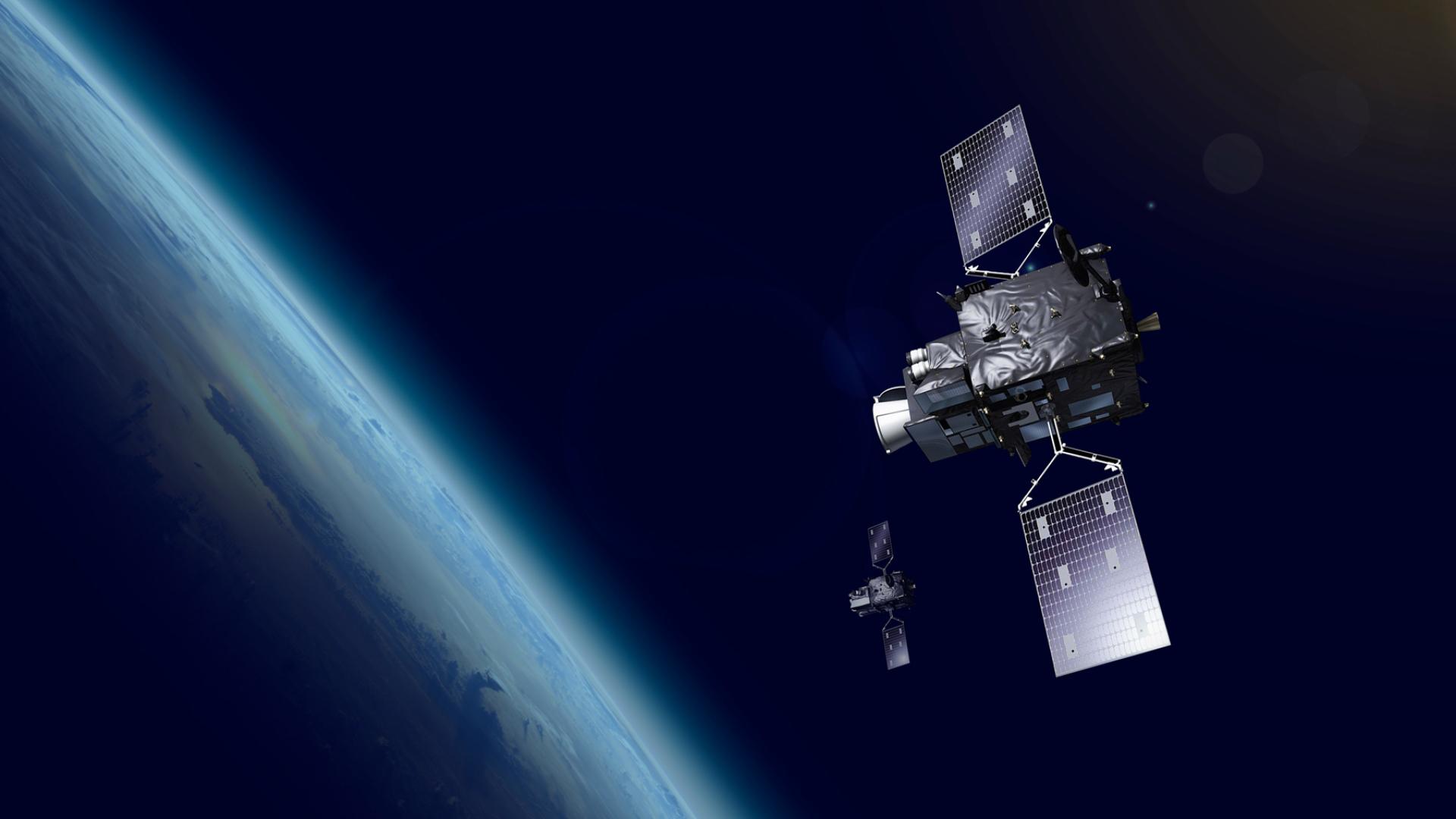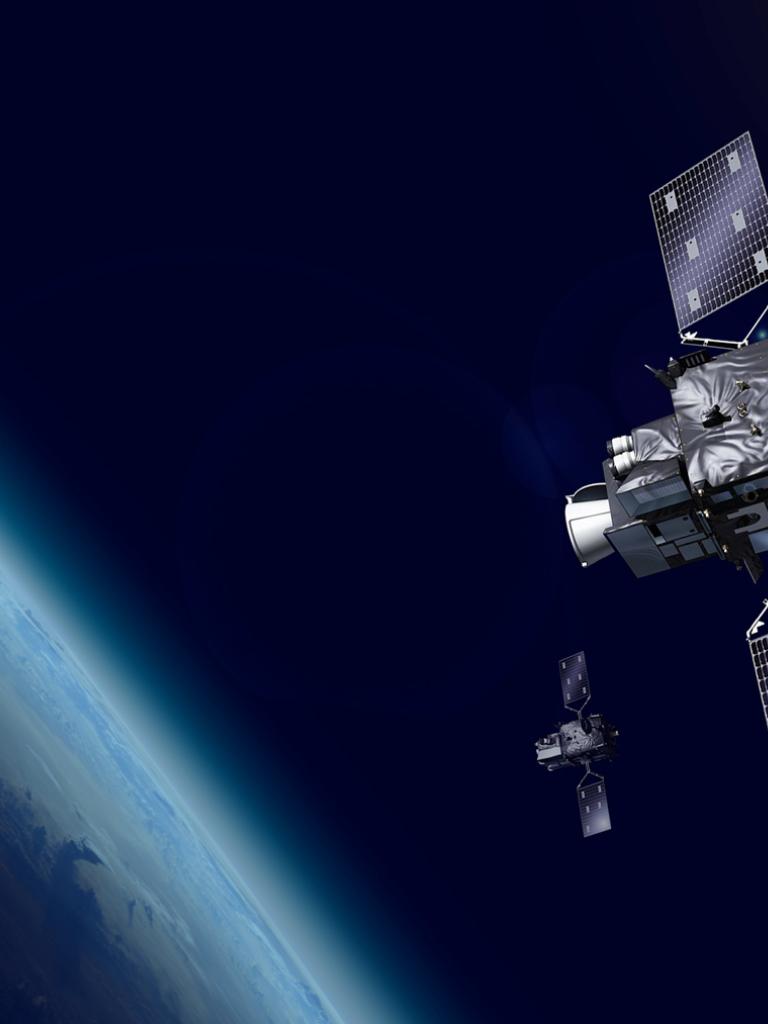In the mid-1980s, when Julia Hunter-Anderson was studying astrophysics at the University of Birmingham, she didn’t think her real course of study was cool enough to tell people about. So she and her roommate – an engineering student facing the same dilemma – agreed on a fib. At parties, the pair introduced themselves as English and art students.
But that changed in the spring of 1986.
“That’s when Top Gun came out and astrophysics became cool,” said Hunter-Anderson.
Now, as project manager of the Launch and Early Operations Phase for the Meteosat Third Generation satellites, she doesn’t have much time for parties. Along with Telespazio, the European Space Agency, Thales Alenia Space, and OHB, Hunter-Anderson and her EUMETSAT colleagues are busy preparing for a crucial stage in the journey of the first imaging satellite, MTG-I1, that culminates in the satellite reaching its target orbit of approximately 36,000km altitude above the Equator.
After the launch vehicle, planned to lift off from the Guiana Space Center in Kourou, French Guiana near the end of the year, reaches an altitude of around 250km, the satellite will separate from the launcher and the phase Hunter-Anderson and her team are responsible for will begin.
In its initial few orbits around the Earth, Hunter-Anderson and her team will first switch on the satellite, open its collections of solar panels known as solar arrays, and turn it to face the sun. From there, her team will maneuver the satellite through a series of elliptical orbits – that is, oval loops – until it reaches the desired circular orbit at 36,000km. Then, they will command the satellite to drift along the orbital arc, the ring along which all geostationary satellites travel, before it will arrive at its destination over the equator above the Ivory Coast.
This is no easy feat, for a number of reasons.
“There’s no cockpit to operate a satellite from – everything has to be done remotely,” said Hunter-Anderson.
“And to further complicate things, you can only control it with commands that have been thought of in the past. So if something doesn’t quite work as planned, you have to figure out how to use what you have available to fix a problem. A lot of what we do in advance is prepare for potential contingencies – how to get us out of sticky situations that we may not even have imagined before we launch.”
In addition to years of planning, the experts involved in the Launch and Early Operations Phase are spending the nearly six months leading up to the launch rehearsing using simulations. Although if problems really were to arise, Hunter-Anderson is confident that the teams will know how to handle it.
“You’ve got to have the evidence and not jump to conclusions. But, on the other hand, sometimes you’ve got to make judgements without having all the evidence you would like to have. It’s a fun job and, hopefully, not too scary – the key is not to panic,” she said.
Author:
Sarah Puschmann





